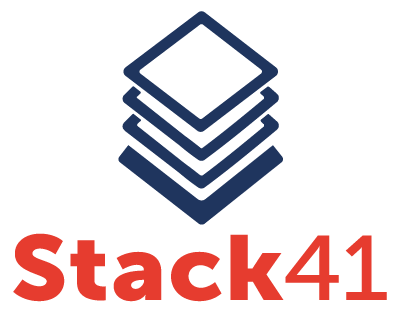There is a great deal of confusion regarding what constitutes a Tier III data center, and how it differs from a Tier II or even a Tier IV data center. This article will attempt to clear up that confusion and provide insight into what matters when selecting a data center for colocation or data center managed services.
The Uptime Institute first published criteria for data center tiers in the 1990s. The data center industry has matured significantly since then, but the same basic criteria hold true and have become the accepted industry standards.
A Tier IV data center is the pinnacle of the industry by being fully “fault tolerant.” This means that every system, be it mechanical or electrical, is backed up to a factor of three, described in industry terminology as 2N (Need x 2). In practical terms, if a first system fails, there is a backup, and then there is a second backup ready to assume the need if required. As of early 2017, there are very few multi-tenant Tier IV data centers due to the extremely high cost of construction and maintenance.
Tier III data centers are described as being “concurrently maintainable,” or in industry terminology as N+1 (Need plus 1). The entire data center has redundant systems to allow for temporary disabling of all systems (mechanical and electrical) for maintenance or in case of failure. Relatively few data centers are truly of Tier III caliber. (Although Stack41 manages two!) Most have redundancy in some systems, but not others. Some multi-tenant operators claim Tier III data center status, but in reality are Tier II, perhaps with some Tier III features.
Tier II data centers have some redundant infrastructure components. Some systems can be termed N+1 but not all. The majority of multi-tenant data centers fall into this category. Tier I facilities have basic infrastructure with no redundancy and are rarely acceptable for hosting third-party applications.
Significantly, the industry (but not the Uptime Institute) recognizes a hybrid category of data centers, notably between a Tier III Data Center and a Tier IV. These facilities are Tier III+ with some Tier III (N+1) elements, and some Tier IV (2N) elements. The 2N elements typically focus on redundant utility power sources, generators and electrical delivery systems.
Significantly, there are common data center design shortcomings that contribute to gray areas where a facility claims to be a higher tier than it actually is, but probably restrict is back to a lower practical tier. Such omissions include:
- Not building to a higher tier design. Some data centers are designed to be Tier III but for budgetary reasons construction falls short of the design.
- Insufficient grounding. Proper grounding is essential to the uptime of applications and equipment performance, in addition to contributing to avoidable fire risk.
- Utilizing a non purpose-built facility. An office building converted to be a data center does not have requisite physical design elements of a hardened facility.
- A facility with windows or a metal pan roof. Both factors contribute to significant risk in severe weather situations such as tornados or hurricanes.
- An outside generator with inadequate fencing. If a fence is easily breached the generator is vulnerable to vandalism or malicious damage, endangering operations.
- Ability to avoid security scrutiny upon entry to the building. Every aspect of a data center must be filmed and the data kept for a minimum of 90 days to abide by compliance requirements.
When choosing a data center, rather than listening to a sales person’s assurances and impressive literature, a strong indicator of operator integrity is the commitment to apply for and submit to SSAE16 SOC II, Type 2 audit. The SSAE16 audit is based on internal controls over financial reporting, a SOC II report evaluates an organization’s information systems that are relevant to security, availability, processing integrity, confidentiality or privacy, while the Type 2 classification denotes that such conditions have remained consistent for a period of at least 6 months.
If a facility operator does not submit to achieve such industry qualifications, which are very beneficial to their business, it is worth asking the question “why not?” At very least it would start an interesting conversation.
About Stack41
Stack41 uses best-in-class hardware appropriate to a customer application and do not utilize single-source vendor hardware unless it is demonstrably the best alternative or a customer specifically requests its use.
Our pricing is based on a combination of three components: RAM, storage and bandwidth. This helps clients understand solution costs and formulate an accurate budget knowing there are no hidden costs.
Plus – we’re smart, reliable, honest people. You’ll like working with us. We’ll do a great job. And you can rest assured that your business is in good hands.

